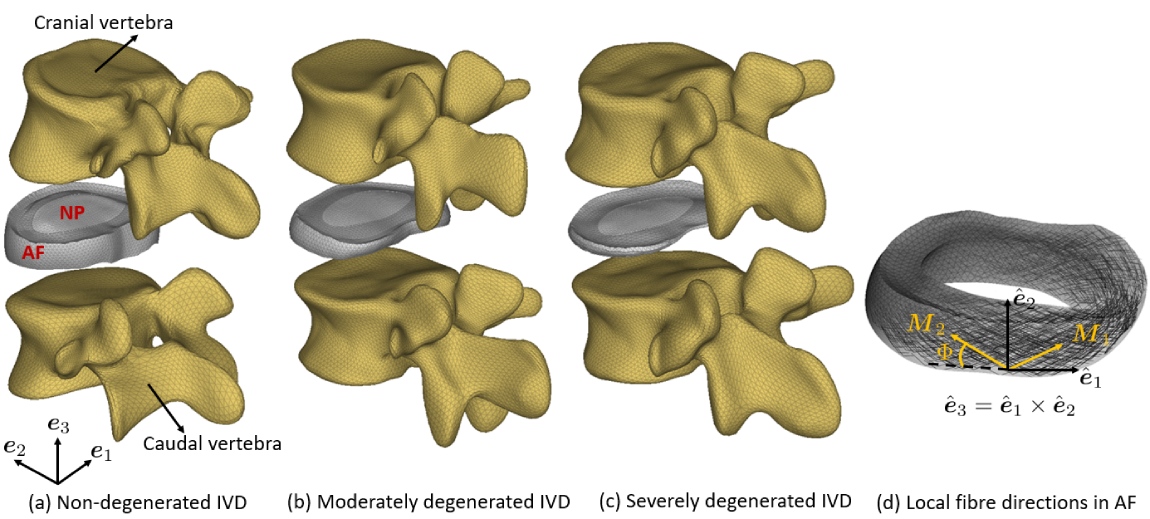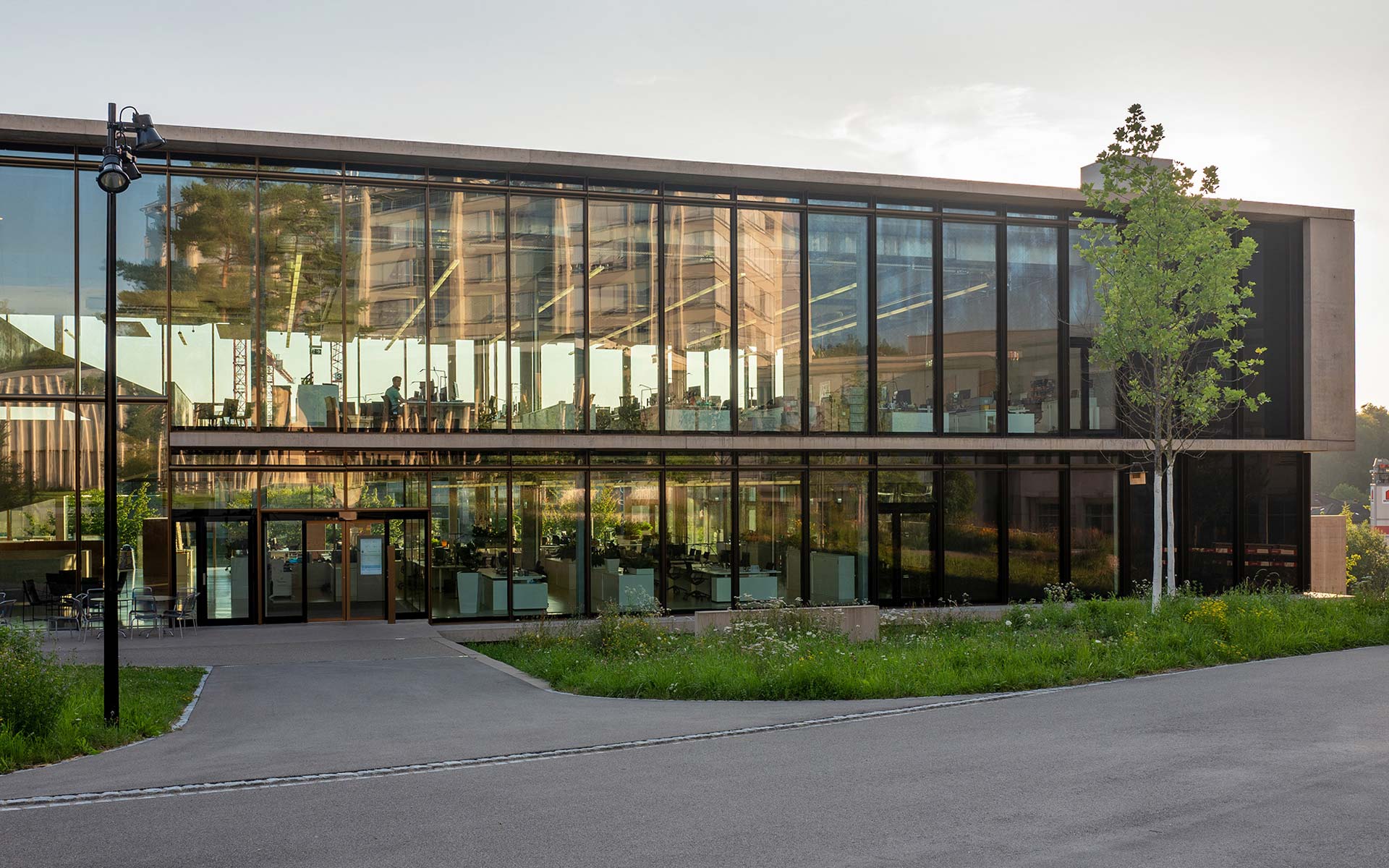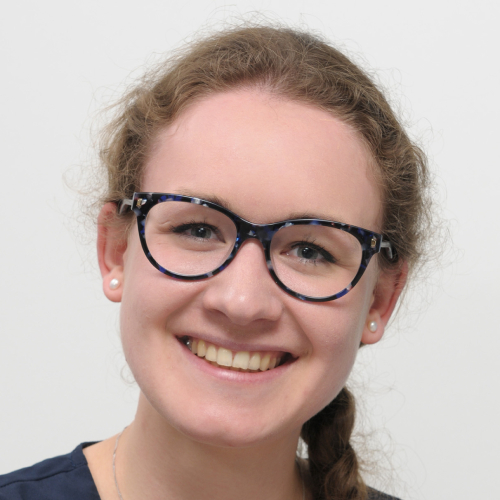Research Projects
The Spine Biomechanics group comprising engineers from ETH Zurich and surgeons from the Balgrist University Hospital. Together they conduct translational research at the interface between fundamental biomechanical research and the development of clinically applicable methods. The interdisciplinary approach guarantees a high level of expertise required to address relevant clinical issues. The group has established a fully equipped spine lab with custom test setups for biomechanical in-vitro experiments that is on par with the worldwide leading biomechanical spine laboratories. This equipment has been used for a multitude of biomechanical studies on human spine cadavers to investigate and characterize human anatomy and tissue properties. The obtained results and insights are translated into patient-specific, biomechanical models that are used to optimize pre-operative surgical planning.
Finite Element Framework for Degenerative Intervertebral Discs
The goal of this project is to develop a robust, cost-efficient, and reliable Finite Element (FE) framework to study the mechanical behavior of intervertebral discs in various stages of degradation when subjected to mechanical loads.
The soft collagenous intervertebral discs comprising of ‘structured’ outer annulus fibrosus and gel-like inner nucleus pulposus provide the necessary flexibility and cushioning between spinal vertebrae. However, with they undergo gradual deterioration due with age, loading conditions and pathological issues (Figure 1). Physiology based FE models are increasingly utilized to study the mechanical behavior of these intervertebral discs for patient specific studies and medical applications. However, the complexity in the physiological geometry and types of loading conditions (both static and dynamic) poses special challenges in identifying suitable FE based discretization and analysis approaches.

Figure 1: Various states of intervertebral disc degeneration.
Die Entwicklung eines geeigneten FE-basierten Modells umfasst die folgenden Schritte:
- Generierung von 3D-Volumen der Wirbelsäulensegmente auf Grundlage von physiologischen Informationen und statistischen Modellen (Abbildung 2).
- Numerische Simulation der Lastfälle Flexion/Extension, laterale Biegung und axiale Rotation mit der vorgeschlagenen Wahl der Diskretisierung (d.h. tetraedrische Elemente) und expliziten Lösungsmethode.
- Vergleich der Ergebnisse mit denen, die mit dem üblicherweise verwendeten Diskretisierungs- und Analyseansatz sowie mit mehrachsigen experimentellen Daten erzielt wurden.




